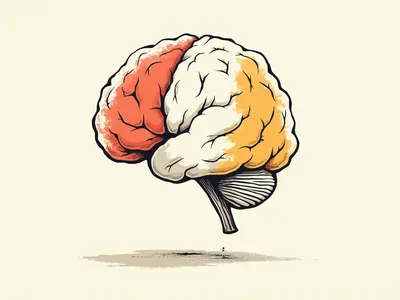
What are the key elements of vocabulary depth in French
Key Elements of Vocabulary Depth in French
Vocabulary depth in French encompasses several critical dimensions that contribute to a learner’s overall language proficiency. Unlike vocabulary size, which merely counts the number of words known, vocabulary depth delves into the qualitative aspects of word knowledge. Here are the key elements that define vocabulary depth in French:
****Orthographical Knowledge
- Spelling Proficiency: Understanding the correct spelling of words is essential. Research indicates that orthographical knowledge remains relatively stable across different educational levels, with common spelling difficulties persisting among learners 1.
****Semantic Knowledge
-
Meaning and Usage: This involves not only knowing the definitions of words but also understanding their connotations, nuances, and appropriate contexts for use. Semantic knowledge develops more rapidly as learners progress through grades, indicating a deeper grasp of word meanings and relationships 1.
-
Synonyms and Antonyms: Recognizing synonyms and antonyms enhances semantic depth, allowing learners to express themselves more precisely and enrich their language use.
****Morphological Awareness
-
Word Formation: Understanding how words are formed through prefixes, suffixes, and root words is crucial for vocabulary depth. This awareness helps learners decode unfamiliar words and expand their vocabulary by recognizing patterns in word formation 4.
-
Inflectional Forms: Knowledge of how verbs conjugate or how nouns change form (e.g., singular to plural) is also part of morphological awareness, contributing to a more comprehensive understanding of word usage in different grammatical contexts.
****Pragmatic Knowledge
-
Contextual Use: This aspect involves knowing how to use words appropriately in different social contexts. It includes understanding register variations—formal vs. informal language—and the cultural nuances that affect word choice.
-
Idiomatic Expressions: Familiarity with idioms and colloquial phrases adds depth to vocabulary by enabling learners to communicate more naturally and effectively.
****Cognitive Processing
-
Internalization of Vocabulary: Depth of vocabulary is also linked to how well learners internalize new words. Techniques such as spaced repetition and contextual learning can enhance retention and facilitate deeper understanding 2.
-
Integration with Prior Knowledge: The ability to connect new vocabulary with existing knowledge enhances depth. This integration allows learners to create mental networks that make retrieval easier during communication.
In summary, vocabulary depth in French involves a multifaceted understanding that includes orthographical, semantic, morphological, pragmatic knowledge, and cognitive processing. These elements work together to enhance a learner’s ability to use the language effectively and fluently.
References
-
Vocabulary Knowledge in L3 French: A Study of Swedish Learners’ Vocabulary Depth
-
THE ELEVENTH AND TWELFTH DATA RELEASES OF THE SLOAN DIGITAL SKY SURVEY: FINAL DATA FROM SDSS-III
-
Orthographic Depth and Its Impact on Universal Predictors of Reading
-
ABSTRACTS IN ENGLISH CHANGES IN THE EDUCATION GOVERNANCE IN AND THEIRS
-
Reading Myth: Classical Mythology and Its Interpretations in Medieval French Literature